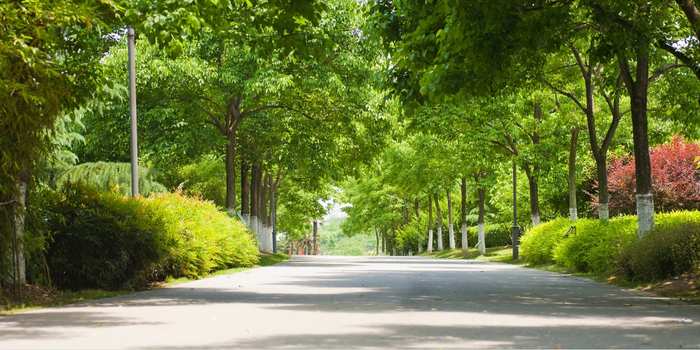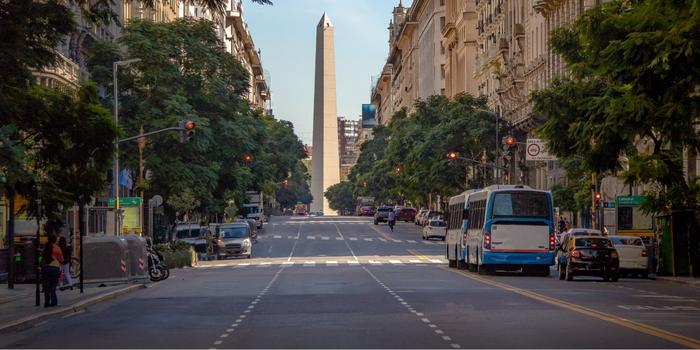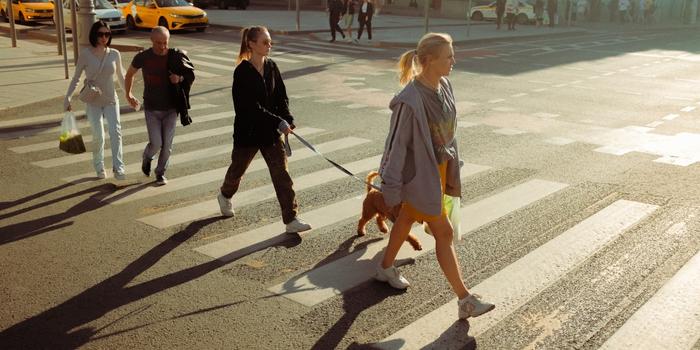There are many types of roads built in the city to organize traffic movement and make vehicle flow safe. Boulevards and avenues are two of them. But, do you know the reason behind their different names?
Actually, these two different names of streets tell you something about how each road is built and used. Today, you will learn how boulevards and avenues are different in their design. We will also tell you their purpose and how they shape urban areas.
What is Boulevard
A boulevard (commonly known as Blvd) is a wide and busy street. You will see trees, plants or grass in the middle or along the sides of this path. Basically, they are made for smooth traffic flow. These streets also give you a risk free driving as well as walking experience.
You will also find many shops, offices and cafes around them. When you drive or walk on a boulevard, you feel open space and organized way for driving.

Boulevard Examples
You can find many famous boulevards around the world. Below we listed the most popular ones.
- Paseo del Prado (a famous street in Madrid)
- Hollywood Boulevard – Famous Boulevards in Los Angeles
- Unter den Linde (n located in Berlin)
What is Avenue
The avenue (abbreviated as Ave) is a long and straight road. You will spot this road passing through main city areas. It generally has trees on both sides. This makes it look nice and shady. You can walk, drive or ride a bike on these routes easily. When you walk or drive on an avenue, you will see trees, roadway lights and buildings in order.

Avenue Example
- Fifth Avenue in New York City
- Andrássy Avenue in Budapest
- Park Avenue in New York City
- Avenue des Champs – Élysées
Biggest Avenue in the World
The widest avenue in the world is Avenida 9 de Julio. It is located in Argentina. You will see many cars and buses moving on this road every day. The road is very wide, nearly as long as a football field. It has many lanes and you will also see paths for buses in the middle.
Difference Between Boulevard and Avenue
As you already know, not all streets are built the same way. Therefore, boulevard & avenue also have their own different style and uses. Following is the major contrast between both of these roads.
Design and Structure
A boulevard is wide and designed with trees or green spaces in its middle. If you want to drive slow, you will also find service roads on the sides of this street. When you drive on a boulevard, it’s easy for you to move due to more space.
The avenue is straight and narrow as compared to a boulevard. It has trees, but you will also see lights on both sides. These streets connect different parts of your city. You will notice, avenues focus more on smooth travel & simple design.
Traffic Flow
On a boulevard, traffic movement is slow because of more road lanes, trees and crossings. The design of this route keeps the main lanes safe and smooth for drivers.
Mostly, traffic moves faster and in one main direction on the avenue. The reason is, you will see minimum lanes but constant movement. They are made to connect areas quickly. That’s why you notice more cars and buses moving together on the avenue.
Location and Use
You usually find boulevards in busy city areas. For example: they pass through places with shops, offices and parks.
On the other hand, avenues are mostly built in areas which connect local streets and communities. Plus, these streets lead you to main city roads.
Landscaping
Boulevard is well known for its green and attractive look. You will see trees, flowers and grass in the middle or along its sides. This makes the road calm and fresh when you drive on it.
You will also find trees in the avenue area, but they stand in straight rows on both sides. Unlike boulevards, these streets also have lights to improve safety.
Function in Urban Planning
With boulevard, you can keep cities more organized. They can manage heavy traffic and also provide safe space for pedestrians. In this way, these streets control busy traffic and reduce congestion too.
Avenues are helpful for you if you want to travel fastly between different parts of a city. Basically, they connect local streets to arterial roads. Together, boulevards and avenues keep the city active, clean and well-planned.
Median
You will always find a wide median in the center of the boulevard. The purpose of this section is to separate the vehicles moving in opposite directions.
In contrast, avenue may or may not have a median. If you find this space on thai road, it will be smaller and simpler. This part of the street will give you a clear view of the road ahead.
Pedestrian Areas
Boulevards usually provide wide sidewalks and special areas for you to walk safely. You may also see benches, gardens & small parks where you can rest.
Avenues have pedestrian paths too, but they are narrower. You can still walk safely. However, there will be less space for sitting or relaxing.

Historical Origin
Boulevards were built when authorities removed old city walls to make wide and tree-lined streets for people to walk. These routes were made to make space more open.
If we talk about avenue origin, they were mainly designed to connect important parts of a city such as markets or homes.
Speed & Access
On a boulevard, you are allowed to move cars slowly because of trees, road crossings and turning spots. Moreover, you can walk safely and enjoy the view.
You can drive vehicles a bit faster on the avenue. Because it connects busy areas where traffic moves at more speed. Further, you will find more turns, signals and entry points for drivers.
What Is the Main Danger of Driving on Boulevards
When you drive on a boulevard, you must stay alert. Because trees, medians and wide lanes can sometimes block your view. Furthermore, people may cross the road from side paths and cars mostly turn from many directions.
In this way, you can’t see pedestrians or other vehicles which can be dangerous for you. Hence, you have to drive slowly and watch all sides carefully to stay safe.
We Have Answered Your Common Questions
Can an Avenue Have Multiple Lanes?
Yes, an avenue can have more than one lane. On many big avenues, you may spot two or more lanes on each side to let traffic move. But, the number of lanes depends on how busy the avenue area is and how much space the city has.
Can an Avenue be a Cul-De-Sac?
Sometimes, yes. Actually, an avenue is a long road which allows cars to pass through. While a cul-de-sac is a short road and it ends in a circle. However, the name does not always show you the real shape of the road. So, it is only based on what the citizens decided to call it.
What Are Bike Boulevards?
Bike boulevards are roads which are made for people who ride bicycles. Well. cars can use them too, but bikers will get more space and safety signs. On these paths, you will see slower traffic, so you can ride without accident risk.
Are Boulevards More Expensive To Build?
Yes, boulevards cost more because they are wider and you require more land to place trees, lights and design walking paths. Also, you will need more materials (e.g asphalt) to build these streets than a normal road and they also take more time.
Summary & Takeaway
In the end, you can notice that these roads are not only for traffic, but also good for people’s safety, nature and a cleaner city life. Boulevard & avenue have their own benefits and purposes.
If you want to design or build a road, we advise you to carefully decide lane width and tree placement. You can also talk to our team to get more expert guidance and quick quotes for all our road safety products.


-80x69.png)

